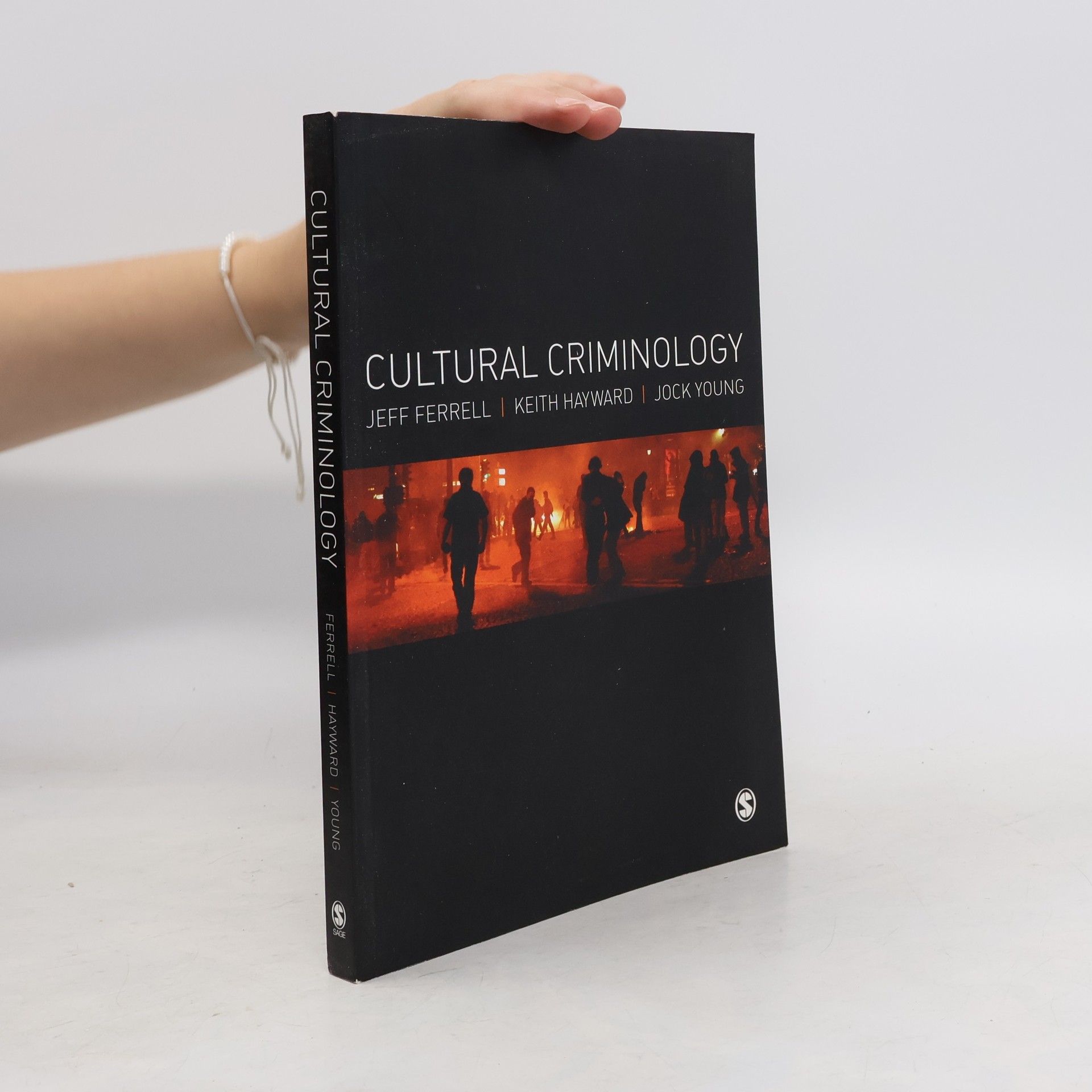Lively, innovative, engaging, and accessible, Cultural Criminology draws together the work of three of the leading international figures in the field today. The book traces the history, current configuration, methodological innovations and future trajectories of cultural criminology, mapping its terrain for students and academics interested in this exciting field. The book highlights and analyzes issues of representation, meaning, and politics in relation to crime and criminal justice, covering areas such as crime and the media, everyday life and everyday transgression, popular culture, consumerism, globalization, and social control.
Prof. Jeff Ferrell Livres


In this highly acclaimed memoir the writer Jeff Young takes us on a journey through the Liverpool of his youth, down the back alleys and through arcades, through arcades and oyster bars into vanished tenements.